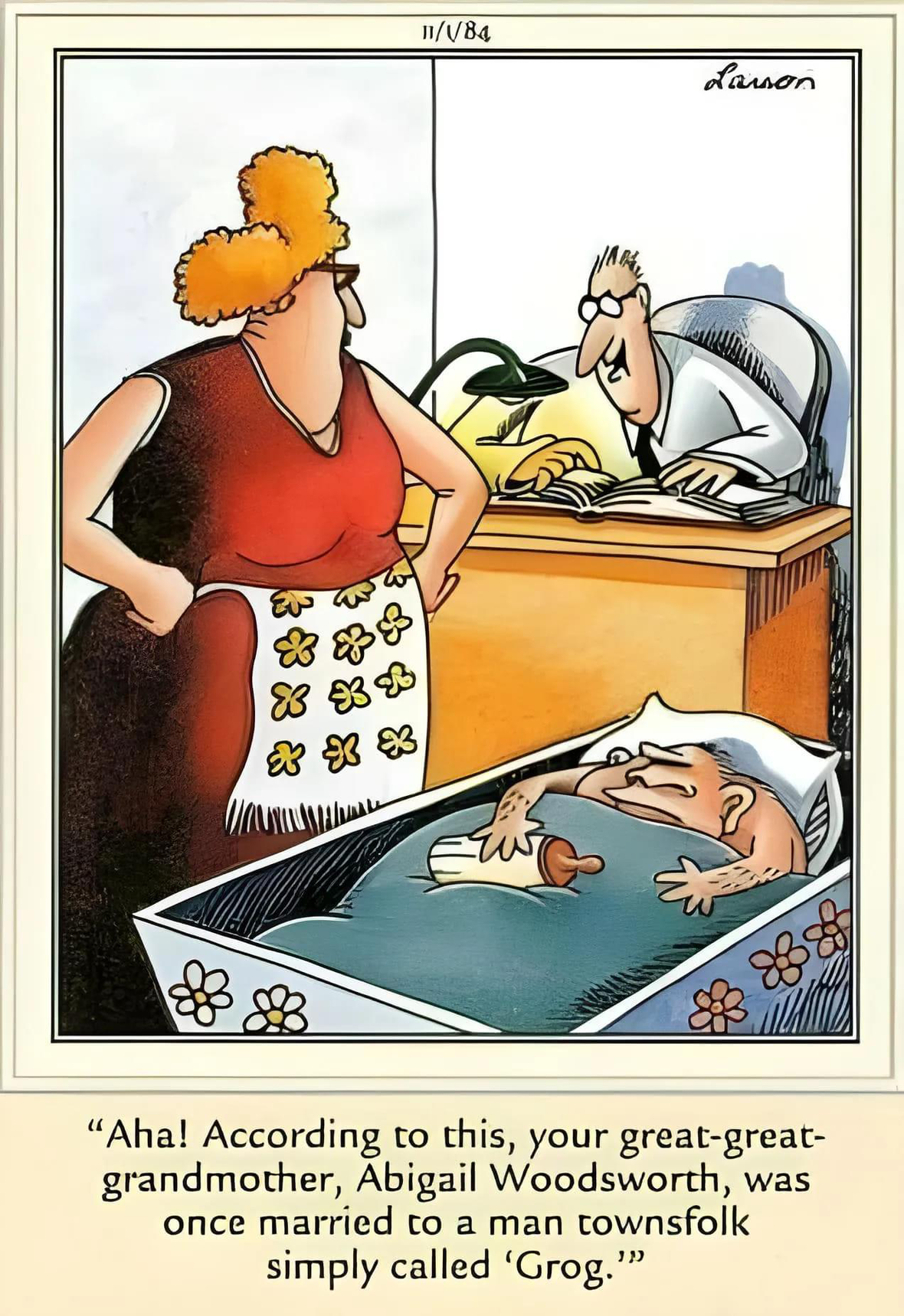
18 May Ancestry- Newsletter- May 18, 2024
Contents
 ANCESTRY- THE HOLLYWOOD VAMPIRE
ANCESTRY- THE HOLLYWOOD VAMPIRE
Ancestry, The Hollywood Vampire. The Richmond Vampire (locally called the Hollywood Vampire) is a recent urban legend from Richmond, Virginia. Richmond residents claim that the mausoleum of W. W. Pool (Dated 1913) in Hollywood Cemetery holds the remains of a vampire. Supposedly, Pool was run out of England in the 19th century for being a vampire. Oral legends to this effect were circulating by the 1960s. They may be influenced by the tomb’s architecture, which has Masonic and ancient Egyptian elements, and double W’s look like fangs. Because this cemetery is adjacent to Virginia Commonwealth University, the story became popular among students, especially from the 1980s onward. It was first mentioned in print in the student newspaper Commonwealth Times in 1976.
Since 2001, the vampire story has been combined with the collapse of the Chesapeake and Ohio Railroad’s Church Hill Tunnel under Church Hill, a neighborhood of eastern Richmond, Virginia, which buried several workers on Friday, October 2, 1925. This part of the story showed up online in 2001 and was first reported in print in 2007 in Haunted Richmond: The Shadows of Shockoe.
According to this newer story, the tunneling awakened an ancient evil that lived under Church Hill and brought the tunnel crashing down on the workers. Rescue teams found an unearthly blood-covered creature with jagged teeth and skin hanging from its muscular body, crouching over one of the victims. The creature escaped from the cave-in and raced toward the James River. Pursued by a group of men, the creature took refuge in Hollywood Cemetery (2.2 miles away), where it disappeared in a mausoleum built into a hillside bearing the name W. W. Pool.
The “creature’s” death certificate is below. Ancestry, Genealogy and Family Tree Research.
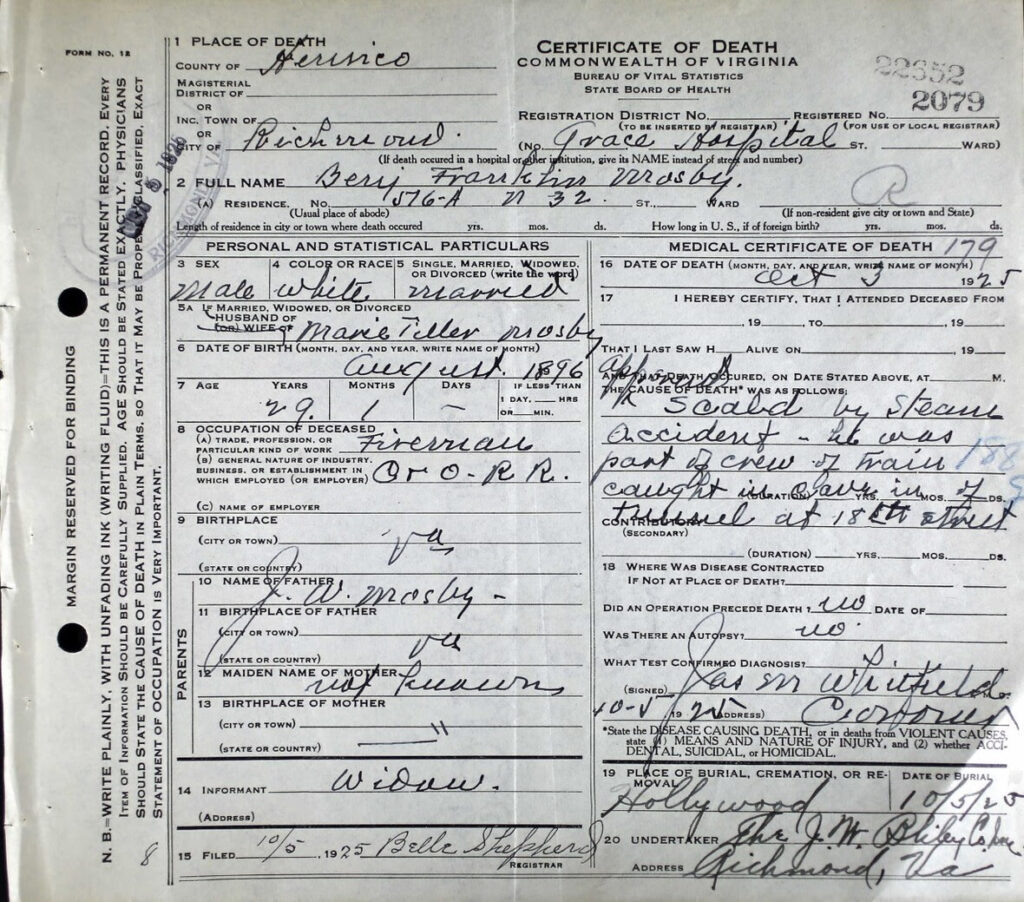
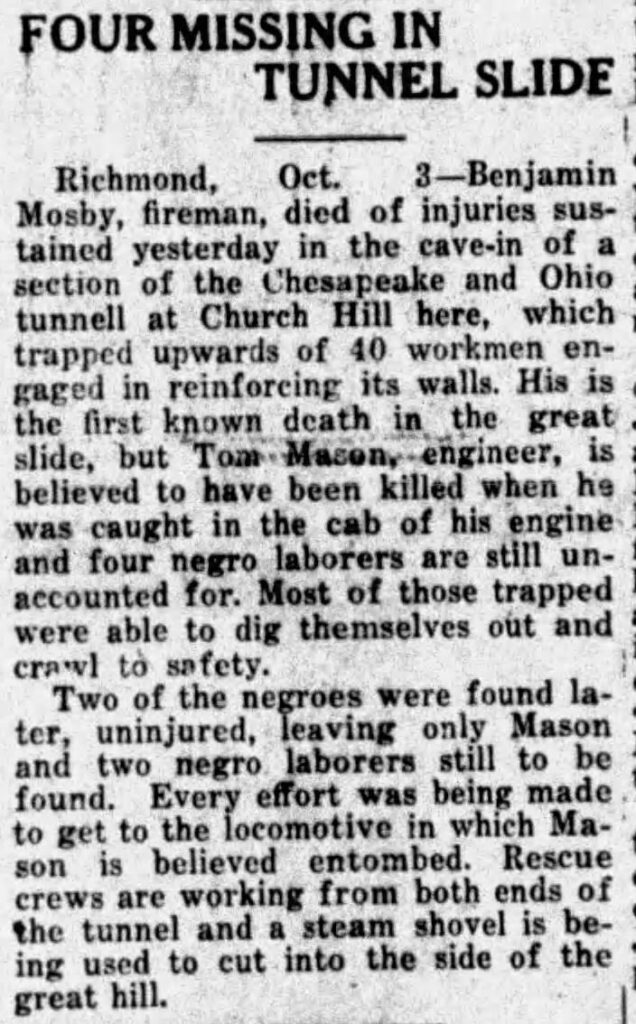
 ANCESTRY- A BALANCED TICKET?
ANCESTRY- A BALANCED TICKET?
We recently visited Sherwood Forest, the home of Vice President John Tyler, who quickly became president after the death of William Henry Harrison. The tour guide mentioned that Tyler was selected as the Vice Presidential candidate to give a “southern” (pro-slavery) balance to the ticket.
On the other hand, Harrison was the “northern” (presumably anti-slavery) part of the ticket. I thought that was odd since, later in the day, we would be visiting Berkeley Plantation, twelve miles away. Berkeley was the multi-generational home of the powerful Harrison family (enslavers) and the birthplace of William Henry Harrison.
I checked into it a little more; Harrison’s southern antagonizers accused him of once belonging to an abolitionist group, and his later public support was decidedly pro-slavery, so the Democrat ticket was very pro-slavery. They were also the only presidential and vice presidential candidates born in the same county. So, it was hardly a geographically balanced ticket, other than Harrison now lived in Ohio.
In researching whether Harrison was an enslaver or not (he owned 11 slaves before becoming president), he demonstrated that he was “conflicted”, a word often used to describe inconsistent behavior regarding slavery.
I found an article about George DeBaptiste, a free man who was an abolitionist and a conductor on the Underground Railroad who worked for Harrison in Ohio as his valet and moved to Washington, D.C., for Harrison’s short presidency. Ancestry.
Since you can easily find pictures of William Henry Harrison and John Tyler online, I placed DeBaptiste’s picture above.
While we were at Sherwood Forest, I grabbed a picture of the youngest Lion Gardiner Tyler (below), who appeared on our tour of Sherwood Forest. The edition of the Dancestors newsletter below tells more about Lion Gardiner.
Lion Gardiner and Lion Gardiner Tyler
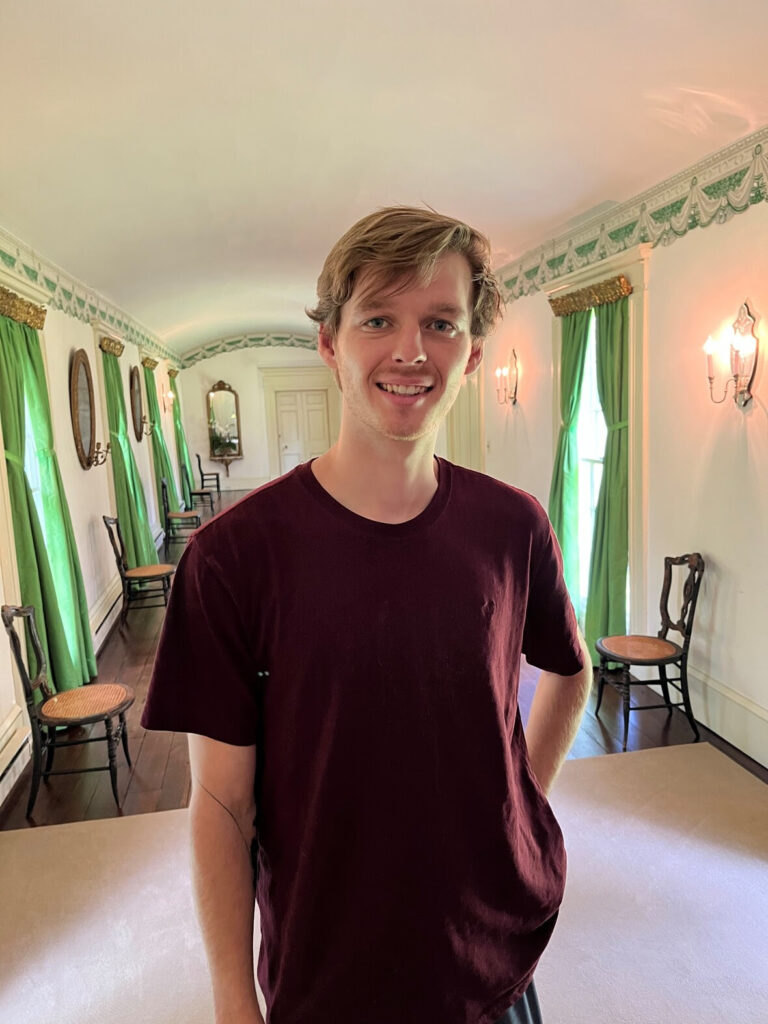
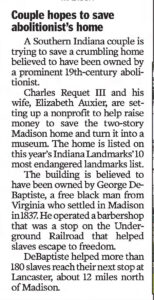
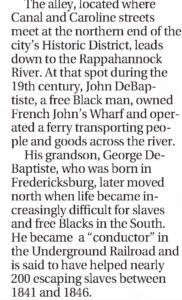

ANCESTRY- DID PANCHO VILLA PERFORM BATTLES FOR THE MOVIES?
Pancho Villa (1878 –1923) was a Mexican revolutionary and general in the Mexican Revolution. He was a crucial revolutionary figure who forced President Porfirio Díaz out and brought Francisco I. Madero to power in 1911. When Madero was ousted by a coup led by General Victoriano Huerta in February 1913, Villa joined the anti-Huerta forces in the Constitutionalist Army led by Venustiano Carranza. After the defeat and exile of Huerta in July 1914, Villa broke with Carranza. Villa dominated the meeting of revolutionary generals who excluded Carranza and helped create a coalition government. Emiliano Zapata and Villa became formal allies in this period. At the height of his power and popularity in late 1914 and early 1915, the U.S. considered recognizing Villa as Mexico’s legitimate authority.
Civil war broke out when Carranza challenged Villa. Constitutionalist general Álvaro Obregón decisively defeated Villa in the summer of 1915. The U.S. aided Carranza directly against Villa in the Second Battle of Agua Prieta in November 1915. Much of Villa’s army left after his defeat on the battlefield and because of his lack of resources to buy arms and pay soldiers’ salaries. Angered at the U.S. aid to Carranza, Villa conducted a raid on the border town of Columbus, New Mexico, to goad the U.S. into invading Mexico in 1916. Despite a major contingent of soldiers and superior military technology, the U.S. failed to capture Villa. When Carranza was ousted from power in 1920, Villa negotiated an amnesty with interim President Adolfo de la Huerta. He was given a landed estate on the condition he retire from politics. Villa was assassinated in 1923. Although his faction did not prevail in the Revolution, he was one of its most charismatic and prominent figures.
In life, Villa helped fashion his image as an internationally known revolutionary hero, starring as himself in Hollywood films.
The Life of General Villa (1914) is a silent biographical action–drama film starring Pancho Villa as himself, shot on location during a civil war. The film incorporated staged scenes and authentic live footage from real battles during the Mexican Revolution, around which the plot revolves. The film was produced by D. W. Griffith and featured future director Raoul Walsh as the younger version of Villa. The film is presumably lost, with only unedited fragments, and publicity is still known to exist.
There was a lot of chatter about the battle being scripted by Mutual Films; however, that was not the case. Read the following article to learn more. Ancestry.
Uncovering the Truth Behind the Myth of Pancho Villa, Movie Star | Smithsonian (smithsonianmag.com)
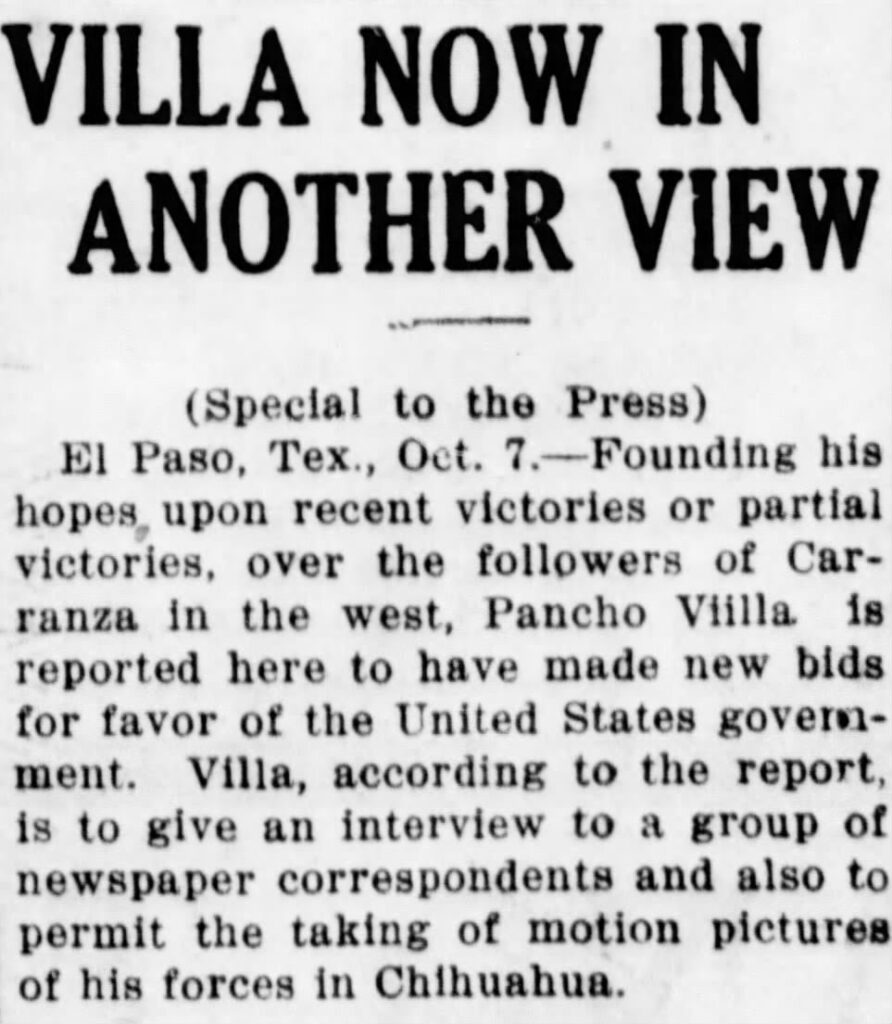
 ANCESTRY- DANIEL BOONE WAS A KID, WHEN THIS MAN EXPLORED KENTUCKY
ANCESTRY- DANIEL BOONE WAS A KID, WHEN THIS MAN EXPLORED KENTUCKY
Dr. Thomas Walker (1715 – 1794) was a colonial Virginia physician, planter, and explorer who served multiple terms in the Virginia General Assembly and whose descendants also had political careers. Walker explored the Western Colony of Virginia (present-day Kentucky) in 1750, 19 years before famed frontiersman Daniel Boone arrived.
Thomas Walker was born at “Rye Field”, Walkerton, King and Queen County, Virginia. He was raised as an Englishman in the Tidewater region of Virginia. Walker’s first profession was that of a physician; he had attended the College of William & Mary. Ancestry.
Walker married the widow Mildred Thornton Meriwether in 1741 and acquired land and slaves in the soon-to-be-formed Albemarle County from her late husband’s estate. The couple built a home known as Castle Hill and had 12 children. Two of Walker’s sons, John and Francis Walker, became U.S. Congressmen. After his first wife died in 1781, Walker married his sister-in-law, Elizabeth Thornton.
In April 1744, Walker was elected as a vestryman at his church, a position he held for over forty years until 1785. He also served Virginia as a delegate to the House of Burgesses many times, first from Louisa County, then newly formed Hampshire County in the Appalachian region, and finally from Albemarle County. Walker also became a trustee of the newly formed town of Charlottesville.
Around 1742, Walker imported six or eight couples of English Foxhounds, thus beginning a fox-hunting tradition of the local Albemarle gentry, particularly in Keswick.
On July 12, 1749, the Loyal Land Company was founded with Walker as a leading member, fellow surveyors Colonel Professor Joshua Fry and Peter Jefferson (father of President Thomas Jefferson), and many investors. After receiving a royal grant of 800,000 acres in what is now southeastern Kentucky (occupied by Native Americans), the company appointed Walker to lead an expedition to explore and survey the region in 1750, so he set out, probably along the Wilderness Road. Walker also bought a plantation from Frye along the Hardware River in Albemarle County to pay sums due him for his surveying services. Fellow stockholders elected Walker head of the Loyal Land Company in 1752.
Walker named many topographical features during the expedition, including the Cumberland Gap. His party built the first non-Indian house (a cabin) in Kentucky. They helped Virginia pioneer Samuel Stalnaker (my son-in-law’s 8th great-grandfather) build his home on the westernmost point in colonial Virginia. Walker kept a daily journal of the trip.
During some of his expeditions, Walker explored with a fellow Virginian, Indian agent, legislator, surveyor, and later Revolutionary War General Joseph “Longknife” Martin (my nephew’s 6th great grandfather, as some of the first colonialists to travel in this area. Martin’s son, Revolutionary War officer Colonel William Martin, described the naming of the area and river in a letter to historian Lyman Draper:
A treaty with the Cherokees was held at Fort Chiswell on New River, then a frontier. On the return of the chief’s home, Dr. [Thomas] Walker, a gentleman of distinction, and my father, [General] Joseph Martin, accompanied them. The Indians, being guides, passed through the place now called Cumberland Gap, where they discovered a fine spring. They still had a little rum remaining, and they drank to the health of the Duke of Cumberland. This occasion gave rise to the name of Cumberland Mountain and Cumberland River.
At age 64, Walker again traveled to the western areas of the Kentucky and Tennessee wilderness; he had been commissioned to survey the border between westward Virginia and North Carolina. (At that time, each state claimed the land west of its boundaries for ultimate settlement by the right of discovery.) Because the border was mapped and surveyed rather than created along the natural boundary of a river, it was considered controversial. It was called the “Walker Line” and still constitutes the border between Kentucky and Tennessee from east to west, terminating at the Tennessee River.
Walker was influential in dealing with Indian affairs. He was appointed to represent Virginia at the Treaty of Fort Stanwix and the Treaty of Lochaber (1770) and dealt with the peace negotiations after the Battle of Point Pleasant. In 1775, Walker served as a Virginia commissioner in talks with Pittsburgh’s Iroquois Six Nations representatives as the colonies tried to engage them as allies against the British.
He is credited as the first to discover and use coal in Kentucky. Because of his broad knowledge of the areas and their resources, Walker became an adviser to Thomas Jefferson from 1780 to 1783 as the future president wrote his Notes on the State of Virginia (1785).
Joshua Frye and Peter Jefferson surveyed and prepared the 1752 map of the Royal Colony of Virginia (below), which you will see in almost every historical Virginia building. Ancestry.
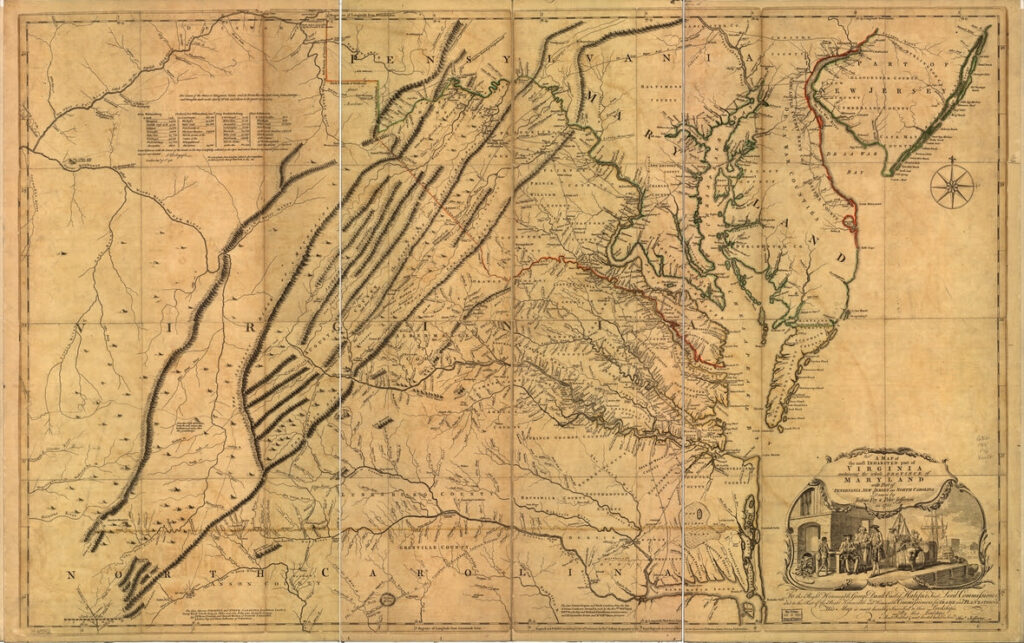
 ANCESTRY- ANOTHER “CONFLICTED” SOUTHERNER
ANCESTRY- ANOTHER “CONFLICTED” SOUTHERNER
Ancestry information: Thomas Jonathan “Stonewall” Jackson (1824 –1863) was a general officer in the Confederate States Army during the American Civil War. He played a prominent role in nearly all military engagements in the Eastern theater of the war until his death. Military historians regard him as one of U.S. history’s most gifted tactical commanders.
I was surprised to learn of another side (see my reference to “conflicted” in the Harrison article above) on Jackson. From his childhood- “Formal education was not easily obtained, but he attended school when and where he could. Much of Jackson’s education was self-taught. He once made a deal with one of his uncle’s slaves to provide him with pine knots in exchange for reading lessons; Thomas would stay up at night reading borrowed books by the light of those burning pine knots. Virginia law forbade teaching a slave, free black or mulatto to read or write; nevertheless, Jackson secretly taught the slave, as he had promised. Once literate, the young slave fled to Canada via the Underground Railroad. In his later years at Jackson’s Mill, Thomas served as a schoolteacher.”
From the church history of the Fifth Avenue Presbyterian Church in Roanoke, VA- “A major donation was received from family and friends of Thomas “Stonewall” Jackson which resulted in the placement of a memorial stain glass window in the church. It is significant to note that the inscription on the window states it is in memory of Stonewall Jackson, who was the man, not Gen. Stonewall Jackson, the Confederate Civil War officer. The artwork depicts a campground where the wounded Stonewall Jackson asked to be taken across the river to rest in the shade of the trees before he died. Rev. Downing’s first introduction to God was through his attendance as a slave boy at the Sunday school that was started by Stonewall Jackson, where his parents first received their Christian education as slaves and learned to read and write.” Ancestry.
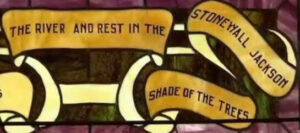
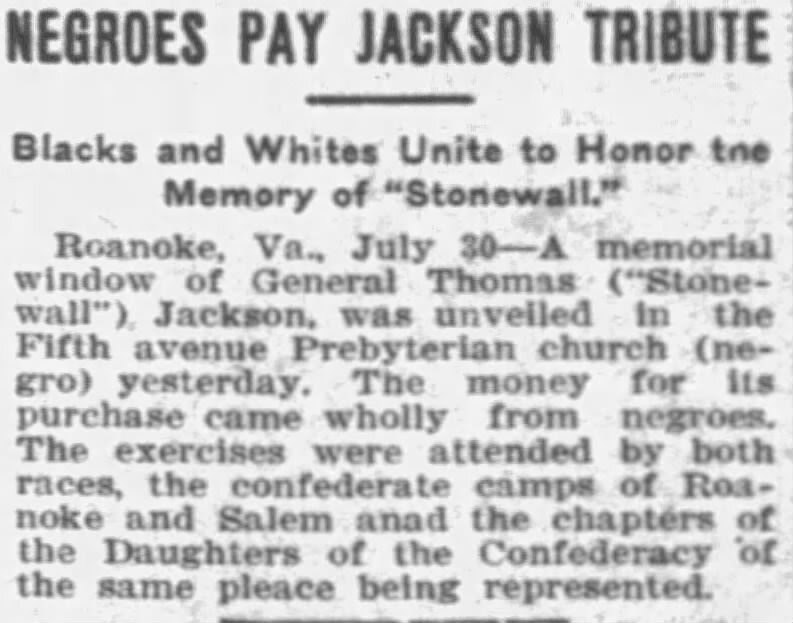
 ANCESTRY- A MUSICAL BONUS
ANCESTRY- A MUSICAL BONUS
We saw a lot of “Founding Fathers” sights here in Virginia.
At our last stop, Patrick Henry’s Redhill, here I am with his double descendant, Patrick Henry Jolly, The first link below is Jolly playing a revolutionary tune on Patrick Henry’s violin.
Patrick Henry Jolly on the violin
The second link is Patrick going into more detail about his ancestor’s musical talent.
Patrick Henry Jolly on Patrick Henry’s musical talent
 WHAT ABOUT YOUR ANCESTRY?
WHAT ABOUT YOUR ANCESTRY?
Reach out to Dancestors Genealogy. Our genealogists will research, discover, and preserve your family history and ancestry. No one is getting any younger, and stories disappear from memory every year and eventually from our potential ability to find them.
Preserve your legacy, and the heritage of your ancestors.
Paper gets thrown in the trash; books survive!
So please do not hesitate and call me @ 214-914-3598 and get your project started!


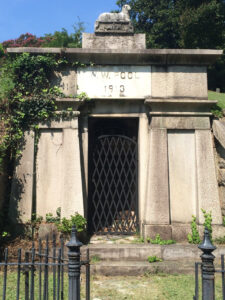 ANCESTRY- THE HOLLYWOOD VAMPIRE
ANCESTRY- THE HOLLYWOOD VAMPIRE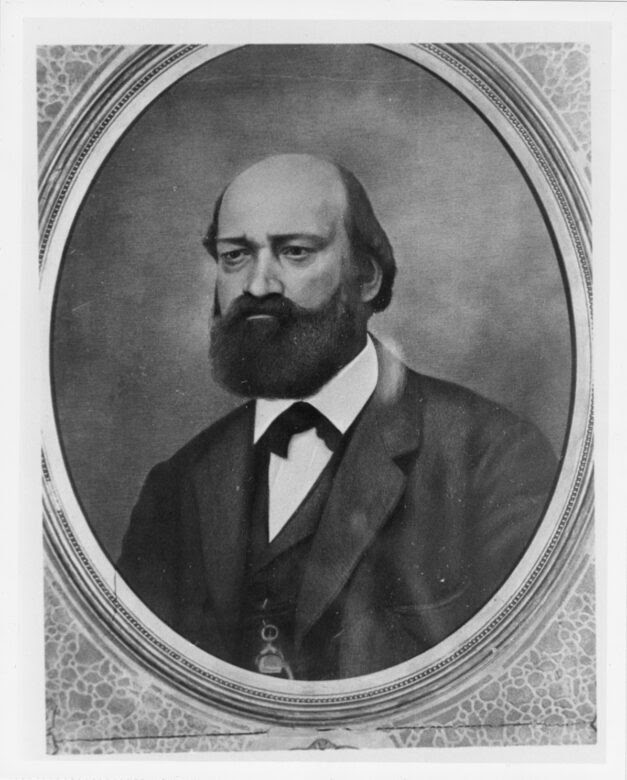
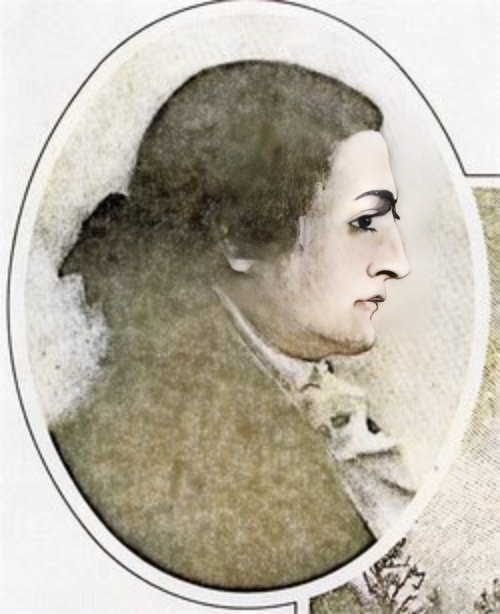 ANCESTRY- DANIEL BOONE WAS A KID, WHEN THIS MAN EXPLORED KENTUCKY
ANCESTRY- DANIEL BOONE WAS A KID, WHEN THIS MAN EXPLORED KENTUCKY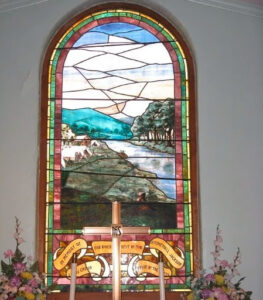 ANCESTRY- ANOTHER “CONFLICTED” SOUTHERNER
ANCESTRY- ANOTHER “CONFLICTED” SOUTHERNER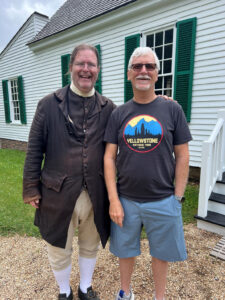 ANCESTRY- A MUSICAL BONUS
ANCESTRY- A MUSICAL BONUS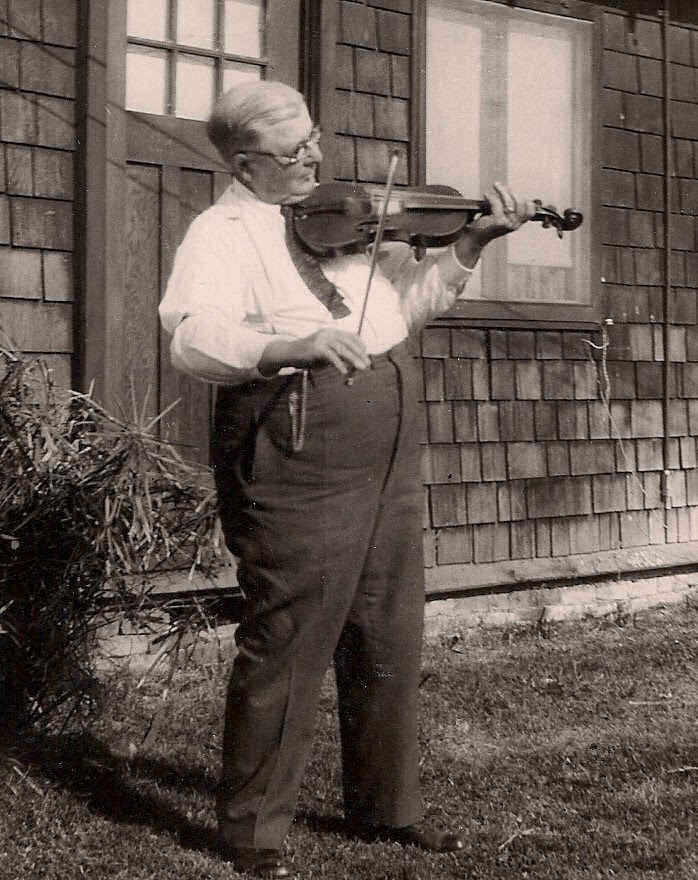 WHAT ABOUT YOUR ANCESTRY?
WHAT ABOUT YOUR ANCESTRY?